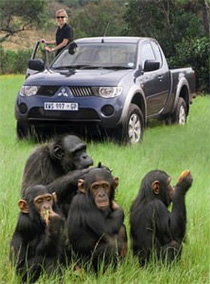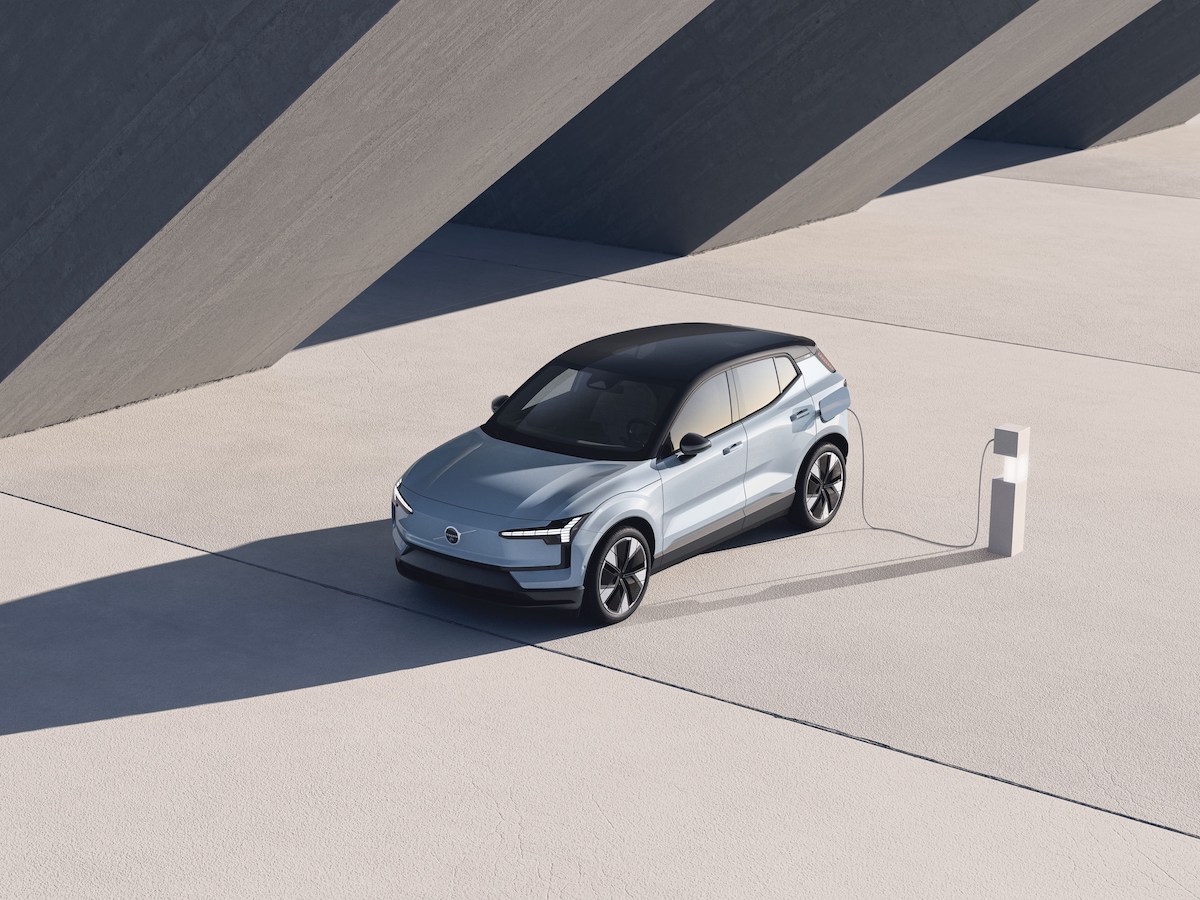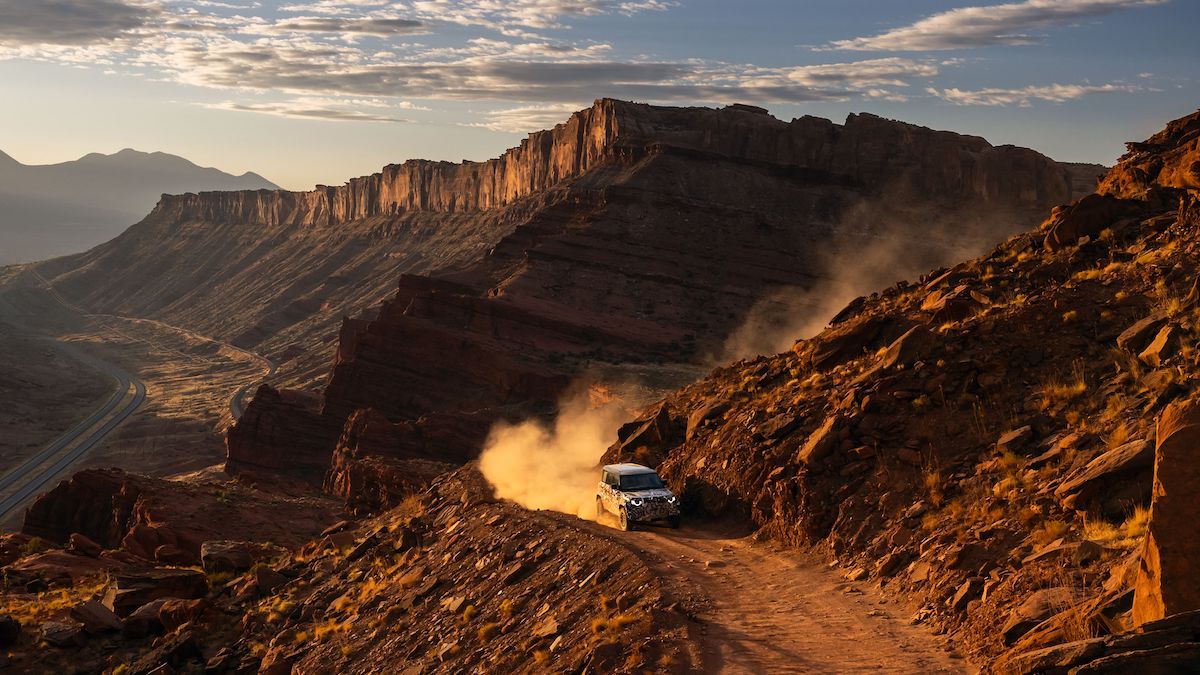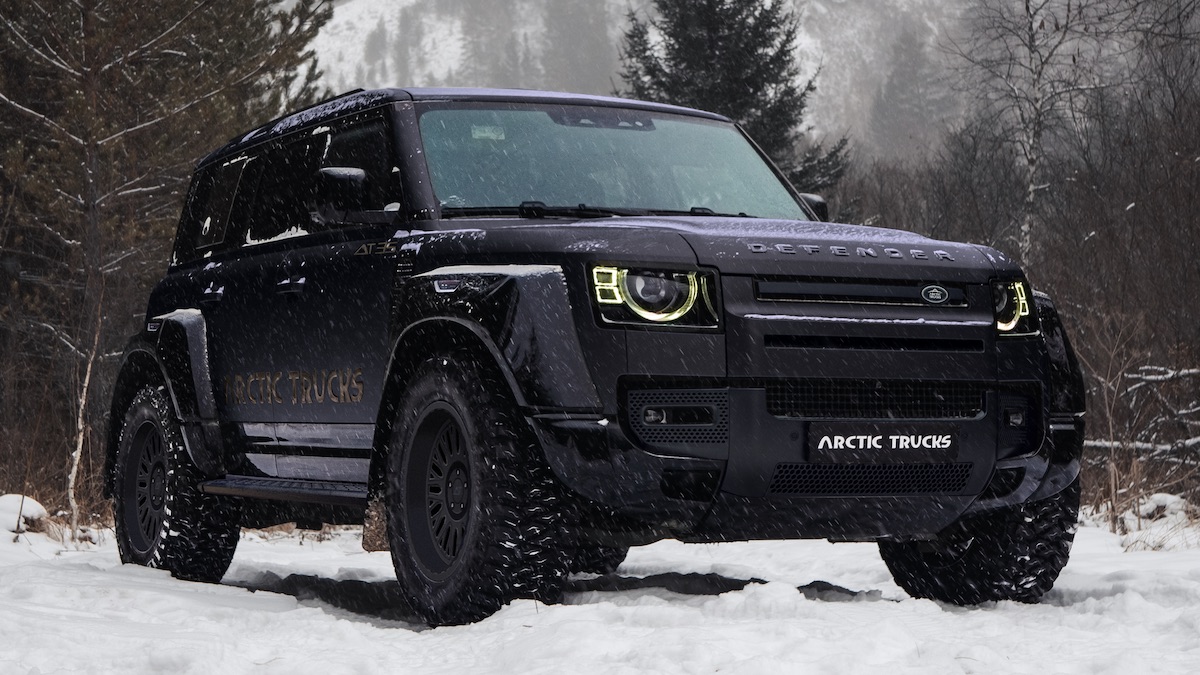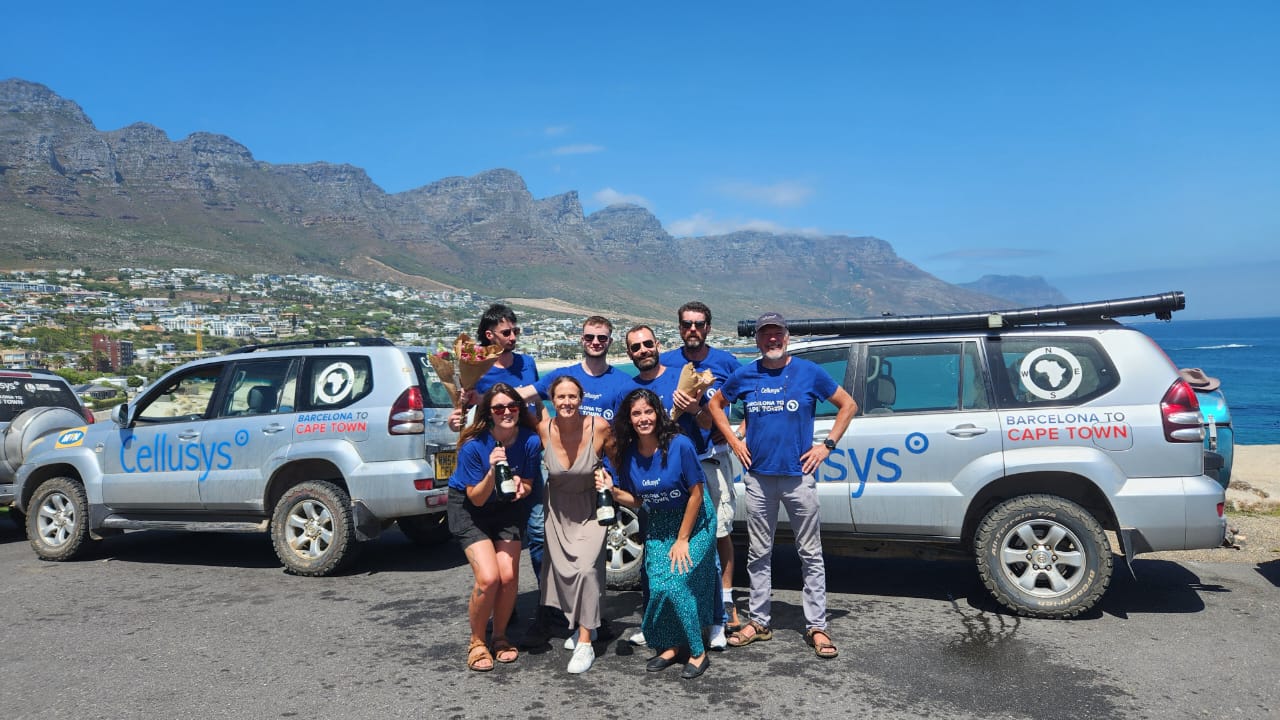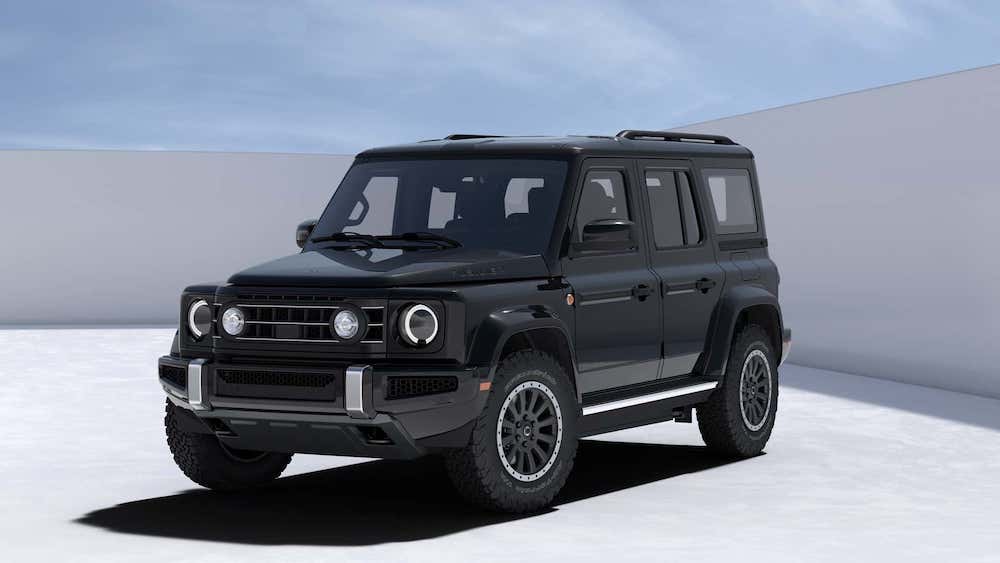extreme Adventure
TRANSCONTINENTAL EXPEDITION, 2009
Extreme dream
Minus 50 degrees Celsius. 43000km. Ferocious snow storms, deep snow, and slippery ice. This is the story of German Matthias Jeschke’s dream to drive overland from Paris to New York, via the frozen Bering Straits dividing Russia and Alaska. Many have tried, most have failed. Will he make it?
Text: Lluis Astier
Photography: pny2009.com
“Trip log, October 2, 2008. Paris: Finally! The expedition has now become vivid and tangible. Today is the beginning of the 43 000km trek from Paris to New York. Finally at the beginning of something unbelievable! The expedition has started!”
The 2009 Paris to New York Transcontinental crossing. An expedition that sets out to achieve the seemingly impossible: to drive west from the French capital through Europe, Russia and Siberia to the Asian continent’s East Cape. Then across the partly frozen, 85km wide Bering Strait to Alaska on the American continent, and on to New York in the United States.
The aim was to do the journey in self-propelled and unassisted vehicles, to cross the Bering Strait under own steam, and to record the first drive from Wales, Alaska’s westernmost city (population 152), to Fairbanks – along the northern coast.
Why would someone attempt an eight-month expedition in such extreme conditions? Well, apart from the obvious challenge and the privilege of earning a place in the history books, the team set out to promote CO? neutrality, the use of the renewable energies as well as energy efficiency.
So, to avoid leaving tracks, the expedition would take place in winter. The vehicles would face deep snow, ice and frozen ground, known as permafrost. The convoy of vehicles would be powered by gasoline engines, but run on a mixture of unleaded petrol and low-emission biofuel. The bio-ethanol fuel is made from wooden waste and was supplied by Swiss company Borregaard.
Standard oils for the engine, axles and transmission would be replaced by biodegradable lubricants.
The team would also closely monitor distances covered and measure CO? emissions on a regular basis. After the expedition had reached New York, the sums would be made to determine the three vehicles’ carbon footprint over the full distance, and an appropriate number of trees would be planted to counterbalance the pollution.
The choice of vehicles is obviously a vital aspect of the trip. Jeschke turned to Chrysler in Germany, who supplied three Jeep Wrangler V6 Rubicons. The team christened them F1, F2 and F3.
Even in standard trim the Rubicon is a highly accomplished off-road vehicle, but for this expedition it needed to be even better.
“Trip log, October 17, 2008. Vidigulfo, Italy: At a construction site on a narrow highway F3 grazed a water-filled barrier, and ended up skidding out of control. Only a lucky steering input prevented a rollover, and it stopped sideways on the highway. No other vehicles or persons were involved. Police escorted us to a nearby highway service area, where we started with the necessary emergency repairs. F3 was quite seriously damaged. We are down to two Wranglers.”
To successfully negotiate some of the most inhospitable areas on earth, the Rubicons were comprehensively modified.
A Rubicon Express Extreme long-arm suspension lift kit was installed, and the body was raised by 75mm.
Bilstein 5100 shock absorbers were added at all four corners, and Goodyear Wrangler MT/R 17-inch off-road tyres were fitted to Procomp Extreme 17-inch alloy wheels. Bushwacker fender flares made sure those big Goodyears didn’t stick out.
Warn supplied front and rear bumpers, and the rear item also featured a spare-wheel mounting point. Each Wrangler was also fitted with two Warn winches: the company’s latest PowerPlant HP up front, and an extendable Warn XDC at the back. The new HP is both a winch and compressor. This electronic, high-output unit provides tractive force of 5,4 ton, but can also pump 360 litres of air per minute, while reaching a maximum pressure of seven bar. The winches were waterproofed for the extreme conditions.
Dynatrack Pro Rock 60 axles (chromoly items) were fitted front and rear, bolstered by Detroit Locker automatic differential locks. A heavy-duty Atlas 6,0:1 transfer case, with separate controls for the front and rear axles, ensured more lugging power.
A Warn Air-Power VTC on-board air system provided air for the tyres and other applications, while an IBS dual-battery system allowed three batteries to be used at the same time. The batteries are special gel-based, deep-cycle units. IBS also supplied solar panels with a charging system and DC converter. A special 180-amp alternator supplied extra charging power.
The 146 kW V6 engine remained standard, with the exception of an electronic bio-ethanol control unit, which allows the driver to switch between standard petrol and ethanol at the press of a button. The standard exhaust system was replaced by a custom unit, the pipe exiting the side of the vehicle, instead of the rear.
The main reason for this modification was to make way for extra fuel tanks for the biofuel, which is obviously not readily available in the middle of the Central Siberian Plateau.
The expedition team turned to a German company to build custom auxiliary tanks for the three Wranglers. An extra 66-litre tank was added under the body, and a 190-litre tank mounted in the rear cargo area, without impeding on rear seating space.
Rooftop tanks were also added. In the case of Wrangler F3 it was a single tank with a total capacity of 520 litres. F1 and F2 were each fitted two 260-litre roof tanks. But Jeschke needed more. 2000 litres extra, to be exact.
Trip log, December 15-21, Chita to Jakutsk, Russia: Temperatures are down to minus 52 degrees Celsius, which puts extreme strain on people, machinery and material. Within 200km after tackling this 2650km section, the customised rear differential on F2 gave up. After some makeshift repairs in freezing conditions, F2 continued to the town of Aldan, 120km away.
At a workshop, the problem was identified and a new part was ordered from Germany. F2 and the trailer were loaded onto a truck, and the journey continued to Jakutsk. But 100km farther F1 stopped with the same problem, and this time it was terminal.
Matthias sent the rest of his crew with the stricken F2 and the truck to Jakutsk. The F1 was towed back to Aldan, a journey of 10 hours, to determine the problem and order the parts.
Meanwhile the truck-mounted F2 and the rest of the crew were faced with a unique obstacle: you have to cross the Lena River to enter to city of Jakutsk. There are no bridges! In summer ferries get vehicles across, and in winter the river is frozen, so vehicles up to a certain weight can drive across. We were too heavy!
The Jeep and trailers had to be reloaded on a smaller truck. Eventually we made it into the city, which turned out to be wonderful. Matthias arrived only a few hours after us, leaving F1 in Aldan and catching a lift in a minivan.
He would return to Aldan when the spare parts arrive from Germany.
It was also decided that Jakutsk would be our temporary base, from where all the repairs, logistics and the rest of the expedition could be co-ordinated. We will again tackle the snow and ice in January.
To expedition chose to attempt the Bering Strait crossing in winter because it’s then frozen. In recent years, though, the Bering Sea passage has been only partially frozen. So the danger of breaking through the ice and falling into the icy water was real.
But the expedition team was prepared for this, courtesy of custom Roka trailers carrying what is termed a Swimming System. Made from lightweight polyethylene moulding used for tank and vessel construction, the two large pontoons were connected to the sides of the Jeeps to provide the necessary flotation.
Specially designed hydraulic arms do the lifting work, and the pontoons aren’t bolted to the Jeeps – it all just “clicks” into place. r>Forward thrust in water came courtesy of a Tohatsu M25 outboard engine. This reliable two-stroke delivers 25 horsepower, and was specially modified to operate in extreme conditions.
The Roka trailers also solved the problem of the extra 2000 litres of fuel that needed to be carried. Custom tanks were designed and fitted to the trailers. The result was that each Wrangler carried a supply of 850 litres of biofuel!
The windshield was double insulated and the other windows double-glazed. The Wranglers were completely sealed to allow the water level to reach the middle of the windscreen, without any water ingress. Included was a snorkel system for the engine, as well as one for the cabin.
The vital electric wiring on the Jeeps was also relocated to the roof lining, to keep it out of water’s way.
Heavy-duty Variobloc trailer couplings made sure the heavy trailers remained attached to the Jeeps.
Trip log, February 1, 2009. Ustnera, Russia: Finally we were on the road again. The temperature went down to minus 52 degrees Celsius. For the first time we saw a phenomenon that is dreaded by all drivers around here: Nalid Ice.
This occurs when a river totally freezes all the way to the ground due to the sub-zero temperatures. The water cannot flow underneath the ice, so it squeezes through or over the ice. At some points water spouts up to a height of several metres. The overflowing water forms a layer of ice over the frozen river, which is not stable enough to cross. Some vehicles wait for weeks or even months to be recovered if they break through the unstable top layer.
At the River Setorym we experienced Nalid Ice. Fortunately the top layer was only 10-15cm deep and we were able to cross it.
We arrive in Ustnera, after almost 42 hours of non-stop driving. All of us are awake for about 53 hours. The people in Ustnera have warned us that due to the low temperatures, there will be a lot of Nalid Ice. There has also been a storm two days ago that had covered everything in snow. Damn!
Driving on snow and ice obviously requires some special techniques, nerves of steel at times, as well as ultra-low tyre pressures. Ultra low as in 0,2 bar. So a Staun Internal Beadlock tube system was fitted to make sure the Goodyear tyres remain on the rims.
Talking about tyres. In addition to the multi-purpose Wrangler MT/R tyres, the Goodyear also developed a new tyre specifically for ice and snow, and for crossing the Bering Strait.
